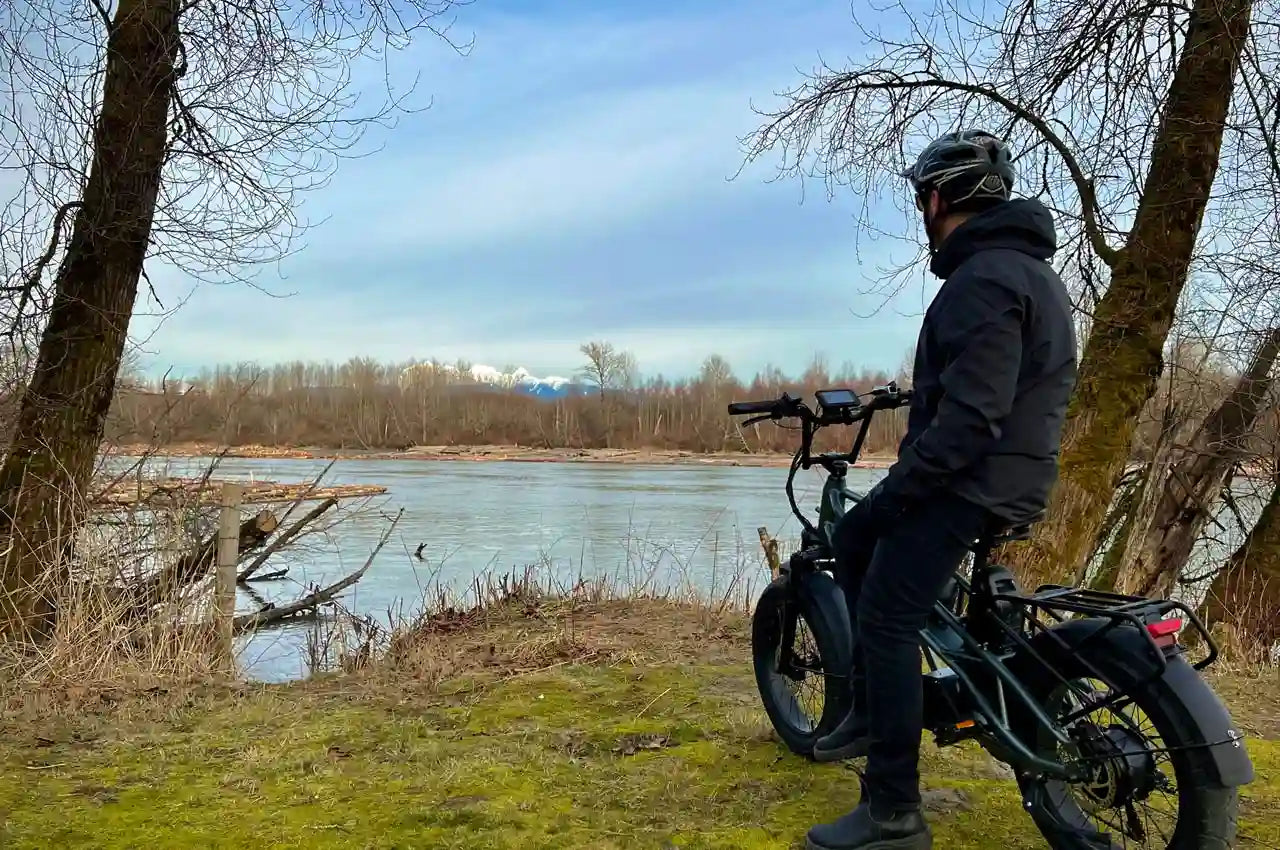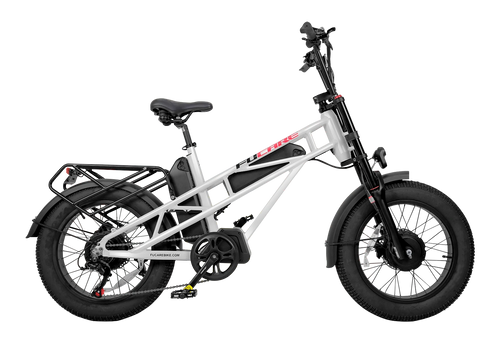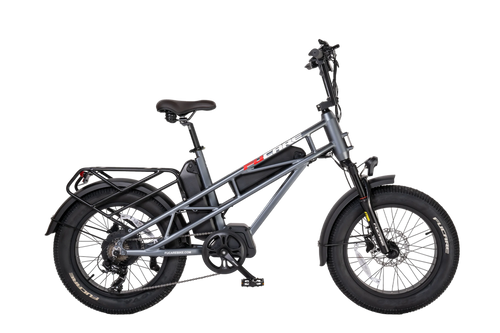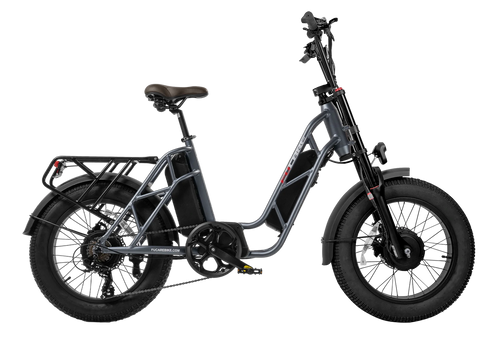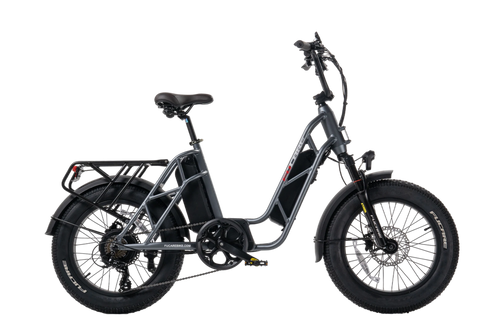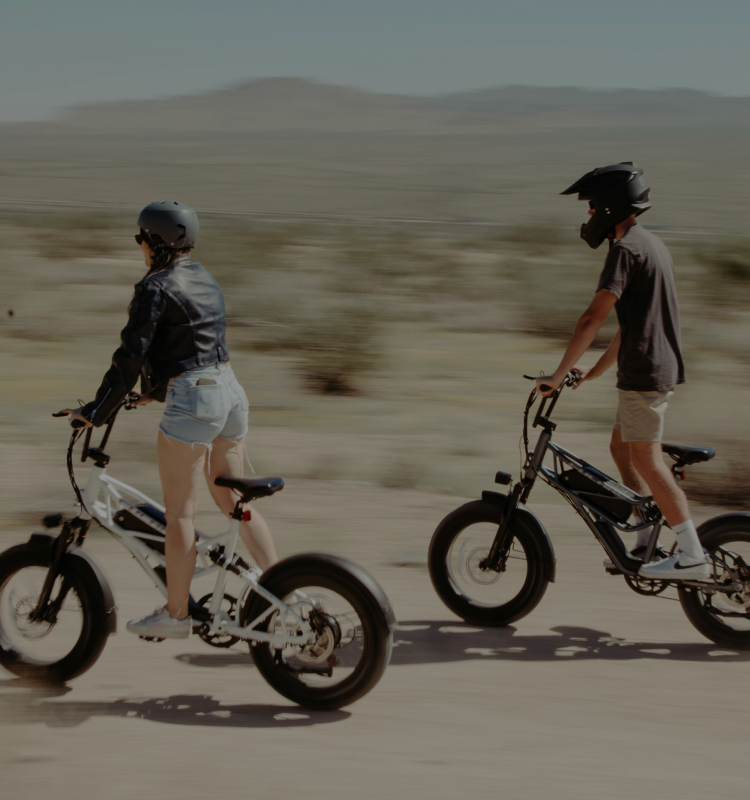Electric Bikes With Throttle And Pedal Assist
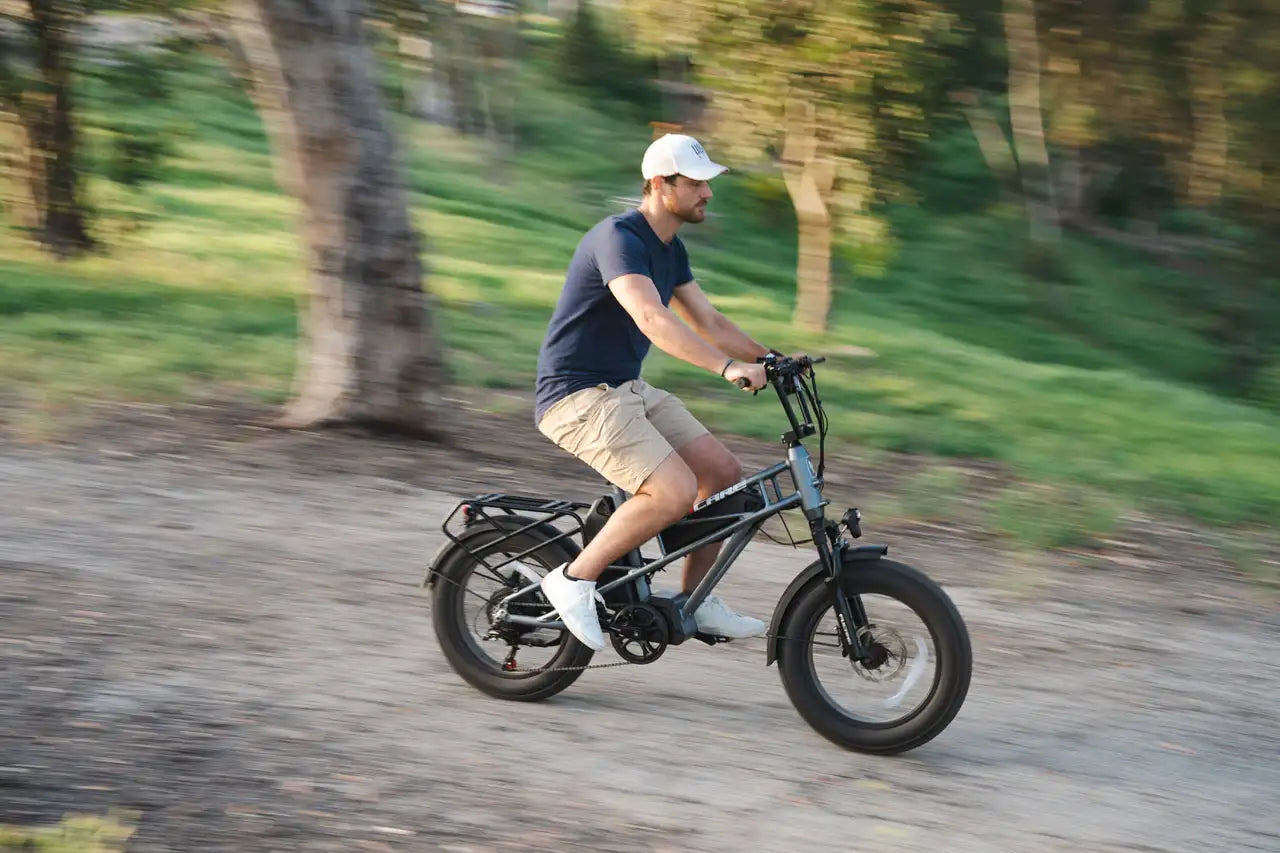
E-bikes offer two main operation modes: pedal-assist and throttle. Each has its strengths and weaknesses, making the choice dependent on your needs.
Considering how you'll use your e-bike, the environment you'll ride in, and your personal preferences is crucial when selecting a purchase. This guide will explore the differences between pedal-assist and throttle, helping you determine which style best suits you.

Pedal-Assist Mode
In pedal-assist mode, the e-bike’s motor activates only when you are pedaling. It feels like having an invisible helper pushing you along as you pedal. This mode typically offers 3-5 levels of assistance which you can select depending on how much effort you want to exert. The more effort you put into pedaling, the more assistance the bike provides, up to the maximum limit set by the bike’s settings. The motor stops assisting as soon as you cease pedaling, making it a great option for those who enjoy cycling but appreciate a little boost now and then.
Throttle Mode
On the other hand, throttle mode works similarly to a motorcycle’s acceleration mechanism. It’s usually controlled by a twist-grip on the handlebar and allows the bike to be propelled forward without any pedaling effort from the rider. This feature is particularly useful for those who want to take a break from pedaling or need help when tackling tough hills. It’s also an excellent aid for riders who might find pedaling challenging due to physical limitations.
It's important to remember that all e-bikes, by definition, must have functional pedals. So, while most operate primarily with pedal-assist, some offer the additional convenience of a throttle. This gives you the flexibility to choose between a workout with a boost or a purely motorized ride.
Understanding the differences between throttle and pedal assist

As highlighted earlier, the fundamental distinction lies in the operation: pedal assist systems necessitate pedaling by the rider to function, whereas full throttle systems operate without the need for any pedaling whatsoever.
Speed and Legal Regulations
Speed capabilities also differ significantly between these two options. In the U.S., regulations limit e-bikes with full throttle to a maximum speed of 20 miles per hour. On the other hand, bikes equipped with pedal assist can reach speeds of up to 28 miles per hour under the same regulations. This makes pedal assist a preferable option for those looking to travel faster and more efficiently.
Impact on Battery and Motor Life
Using a pedal assist not only allows for higher speeds but also helps in conserving the bike’s battery life and reducing wear on the motor. When you use pedal assist, the motor engages less intensely as it derives power from both the battery and the kinetic energy generated from pedaling. This balanced energy demand can significantly prolong the life of the motor and battery, especially useful in long-distance rides or hilly terrain.
Conversely, relying solely on throttle mode puts continuous strain on the motor and battery. The motor operates at full capacity when in throttle mode, which can deplete the battery faster and increase motor wear, particularly if navigating through challenging conditions such as steep inclines or adverse weather.
Pedal Assist Vs Throttle?
Depending on the country, the rules around using independent throttles on electric bikes can vary significantly, with many countries not allowing them at all. Nevertheless, having the option to use both throttle and pedal assist is generally advisable.
Using pedal assist is typically preferred for regular riding as it offers a more intuitive feel similar to traditional biking. Yet, there are scenarios where a throttle proves invaluable for safety and efficiency. For instance, it’s useful for swiftly accelerating at busy intersections, gaining momentum before tackling a steep hill, or maneuvering around traffic when making turns.
Take the Fucare Scorpio, an off-road electric bike, as an example. It is equipped with both pedal assist and a throttle that can be used simultaneously. This dual-functionality is particularly beneficial when you need an extra boost during your ride.
It’s important to note that on the Scorpio, when both the throttle and pedal assist are engaged simultaneously, the throttle takes priority but caps the speed at 20 mph.
The Scorpio features a robust 750W motor that propels the bike to 20 mph using the throttle alone and up to 28 mph with pedal assist. This Class 3 e-bike is also designed with a sleek, functional frame that includes a 960Wh battery offering substantial range. Fully legal for street use in the U.S., it’s an excellent option for city commuters.
The ebike's design includes advanced hydraulic brakes, complete suspension, and a trellis-style chassis for a stable, smooth ride. Additionally, the adjustable seat enhances comfort, allowing each rider to optimize their seating position for the best possible riding experience.
Continue reading
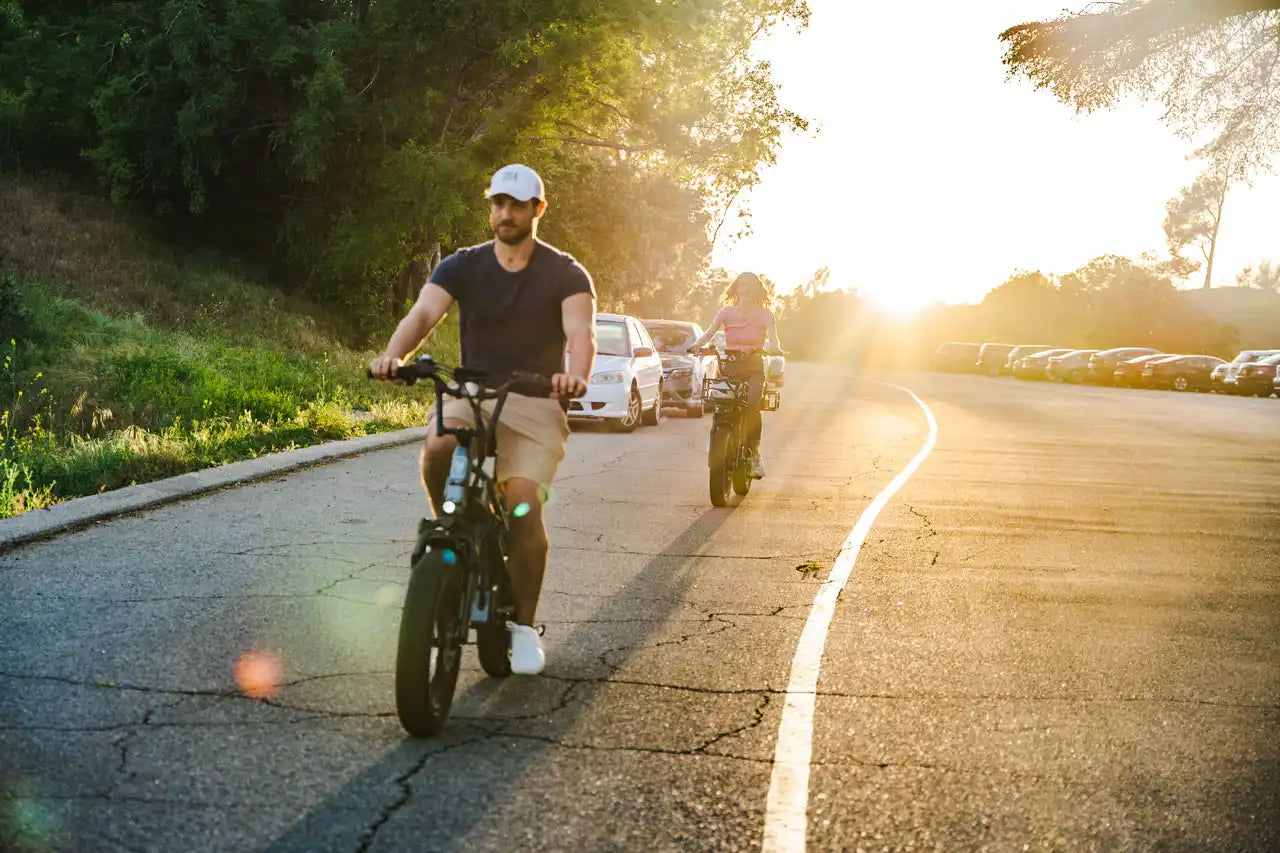
EBike Frames Types: The Ultimate Guide
